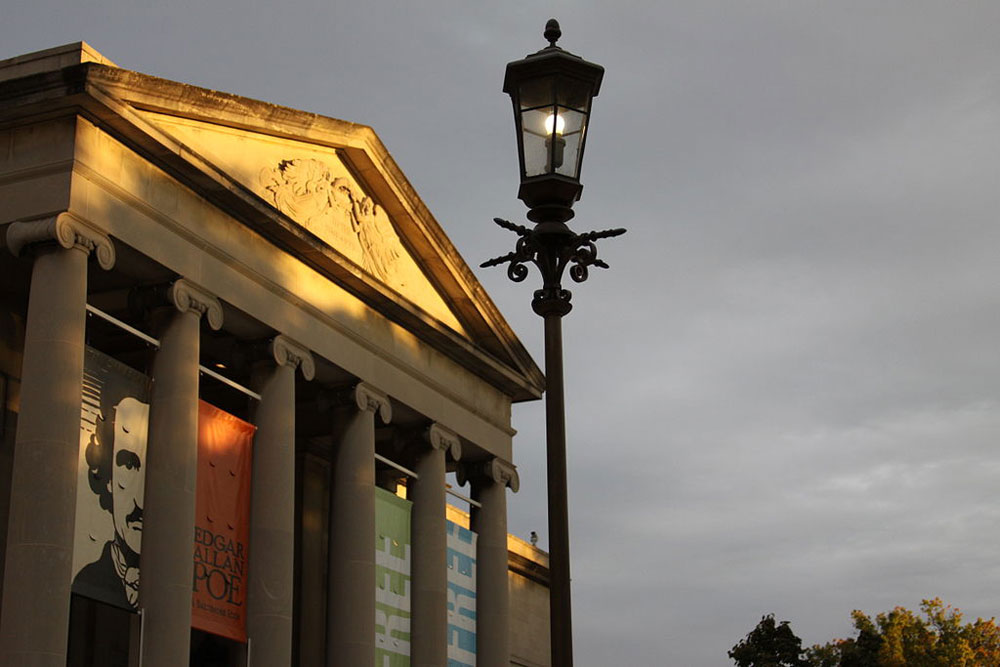
October 28, 2020; New York Times
In April, as the pandemic was in full swing, the Association of Art Museum Directors (AAMD) announced it would relax its longstanding restrictions for deaccessioning permanent collection pieces for two years. The statement, published on April 15, does not go so far as to encourage deaccessioning, but it declares a moratorium on sanctioning museums for the behavior. It also suggests the profit from any sales of art should be put toward alleviation of problems caused by the pandemic—for instance, for operating expenses during periods when the museums may be forced to close.
The Baltimore Museum of Art (BMA), however, took the move as an opportunity to rebalance its collection away from the overrepresentation of White male artists. The plan was to sell a few high-profile pieces to capitalize the purchase of artwork by women and people of color. While committing to this endeavor would cost only $10 million, it would use an additional $55–$65 million from the proposed sale for staff stabilization and to achieve pay equity, since the BMA was less in crisis than many of its peers at the time.
At first, at least according to the BMA, it looked as though AAMD was on board. Others, however, decidedly weren’t, including a prominent art critic at the New York Times and two former board chairs who said they intended to withdraw a combined $50 million in pledges were the sales to go forward. Additionally, other members of the museum community and board appealed by letter to Maryland’s attorney general.
To its credit, the museum seemed unwilling to bend to the donor threats.
Sign up for our free newsletters
Subscribe to NPQ's newsletters to have our top stories delivered directly to your inbox.
By signing up, you agree to our privacy policy and terms of use, and to receive messages from NPQ and our partners.
Museum spokeswoman Anne Mannix Brown said Wednesday that the Newhall and Colwill pledges were merely oral pledges, which had not been officially recorded as gifts and were not part of the museum’s current budget.
“We would not expect two individuals who have so strongly stated their displeasure and disdain for the BMA’s vision to give to the museum,” she said. “However, this is not evidence that donors are rescinding gifts to the museum.”
But the fracas appears to have moved AAMD, which now says that it did not give any indication of approval to the BMA for its plans. In a statement issued on October 28, Brent Benjamin, president of the association, wrote in a memo, “I recognize that many of our institutions have long-term needs—or ambitious goals—that could be supported, in part, by taking advantage of these resolutions to sell art…But however serious those long-term needs or meritorious those goals, the current position of AAMD is that the funds for those must not come from the sale of deaccessioned art.”
The museum then pulled the pieces just hours before the auction to allow more time for discussion.
This conversation is unlikely to end here, as the twin social forces of the pandemic and systemic racism collide in a field where both are immediate considerations.—Ruth McCambridge












